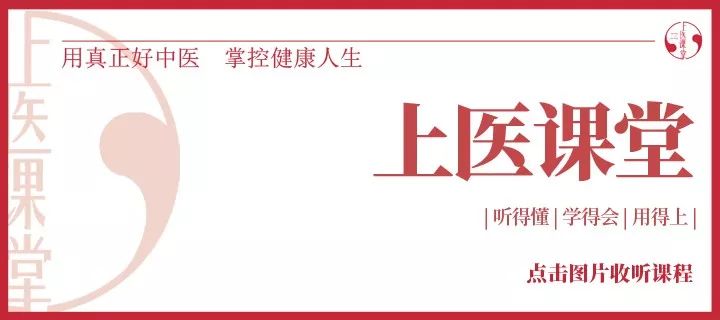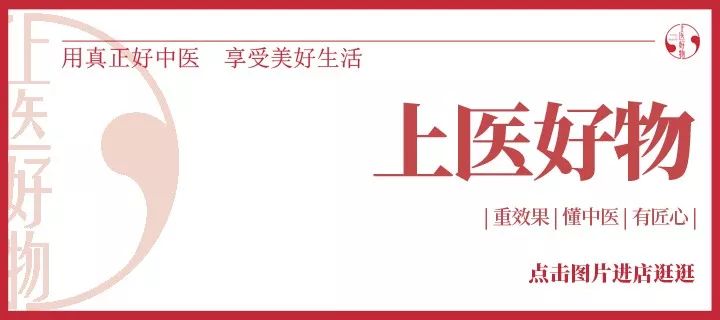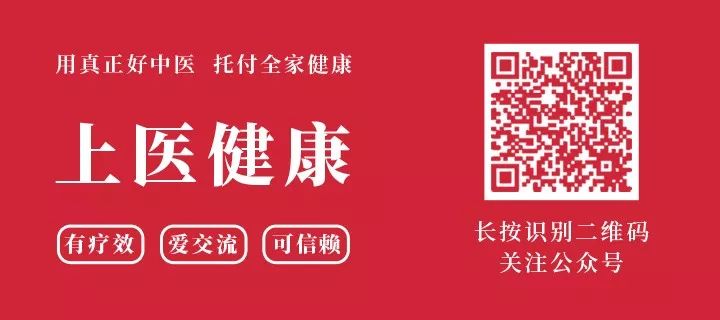Author Introduction: Guo Chaoqing

Guo Chaoqing, Master in TCM Orthopedics from Shanghai University of Traditional Chinese Medicine, Doctor in Acupuncture and Tuina, has studied under renowned TCM practitioners such as Professor Zhan Hongsheng, a fifth-generation inheritor of the Shi’s Orthopedics, Professor Cheng Yingwu, a fifth-generation inheritor of the Ding’s Tuina school, Professor Qian Yulin, a fifth-generation direct descendant of the Yizhi Chan Tuina, Professor Gu Zhishan, a representative inheritor of the Longsha Medical school, and Dr. Lin Liangchuan, founder of the Lin’s Orthopedics in Taiwan. Having practiced martial arts since childhood, he inherited Xingyi Quan and Baguazhang from his family, and later studied Taijiquan under esteemed masters, becoming a seventh-generation inheritor of martial Taijiquan and a fourth-generation inheritor of Yang’s Taijiquan. With decades of dedicated research into the origins of medicine and martial arts, he integrates both fields to serve the public. He specializes in using unique techniques, acupuncture, Chinese herbs, and Daoyin (导引) exercises to comprehensively treat chronic musculoskeletal diseases such as cervical spondylosis, lower back pain, osteoarthritis; spinal-related diseases like headaches, dizziness, chest tightness, and postpartum back pain; internal diseases such as chronic gastritis, colitis, and habitual constipation; and gynecological issues like cold uterus infertility, menstrual disorders, and uterine fibroids, often achieving immediate results. He can also identify and adjust sub-health conditions based on individual constitution.
If you have health issues you would like to consult with Dr. Guo, you can add Staff Xiao Bai as a friend and apply to join the Dr. Guo WeChat Group.

Introduction:
Chronic lower back pain is a common symptom many people experience in daily life. Common treatment methods include anti-inflammatory painkillers or topical patches, and in severe cases, surgery may be required. Some treatments yield minimal results and are difficult to cure, while others carry significant risks, causing unnecessary mental stress.
So, what special therapies does TCM offer for chronic lower back pain? How effective are they? How can we practice self-care in our daily lives? The following content is organized from Dr. Guo Chaoqing’s online lecture, hoping to provide help to those in need.
1
Is Chronic Lower Back Pain a Disease of Laziness? What is the Best Treatment?
It should be noted that the “chronic lower back pain” we discuss today mainly refers to non-specific lower back pain, which means that no specific pathological changes can be found in clinical examinations, and the cause cannot be diagnosed through objective tests.
This manifests as a series of subjective pain sensations in the lower back, sacral region, sacroiliac joints, buttocks, or thighs and calves, with or without accompanying sensations of pain, numbness, or weakness in the legs.
Non-specific lower back pain can be classified into acute and chronic types. In most cases of acute lower back pain, symptoms can be quickly alleviated or even resolved through rest and simple activities, or timely treatment.
However, for the very common chronic lower back pain, Western medical treatment options include non-steroidal anti-inflammatory drugs, minimally invasive treatments, nerve blocks, and surgery.

Before discussing TCM therapies, it is necessary to briefly understand the causes of chronic lower back pain.
In the past, when labor was primarily physical, lower back pain often resulted from labor injuries, meaning it was caused by excessive work, with overall manifestations of structural damage. Therefore, treatment methods focused on structural restoration, often combined with topical patches, yielding particularly noticeable effects.
As labor forms have changed, shifting from physical labor to mental labor, lower back pain is now often caused by excessive comfort. It can be said that most lower back pain today is a “disease of laziness,” arising from inactivity and leading to imbalances or misalignments in body structure. This is no longer limited to structural damage but may manifest as misalignments between muscles and bones, or between skin and muscles.
Many people have experienced that when lower back pain occurs, using various topical patches (such as musk pain relief patches, Yunnan Baiyao patches, rheumatic pain relief patches, and compound Zijing pain relief patches) often yields poor results.
Because of this, for chronic lower back pain issues like bone misalignment and muscle dislocation, using TCM techniques for realignment and muscle relaxation tends to be more effective.
2
Treating Lower Back Pain Shouldn’t Be a Torturous Experience
After studying under the founder of Taiwanese structural therapy, Lin Liangchuan, I have gained many insights. In clinical practice, I often use Daoyin techniques and structural acupuncture techniques for chronic lower back pain.
Lin’s diagnostic approach views the spine as a “recipient of influence,” believing that all discomfort in the spine is not caused by itself but is due to abnormal tension in other areas. This theory is known as the “fascial network structure theory.” Under this theoretical guidance, corresponding Daoyin techniques and structural acupuncture methods have been developed.
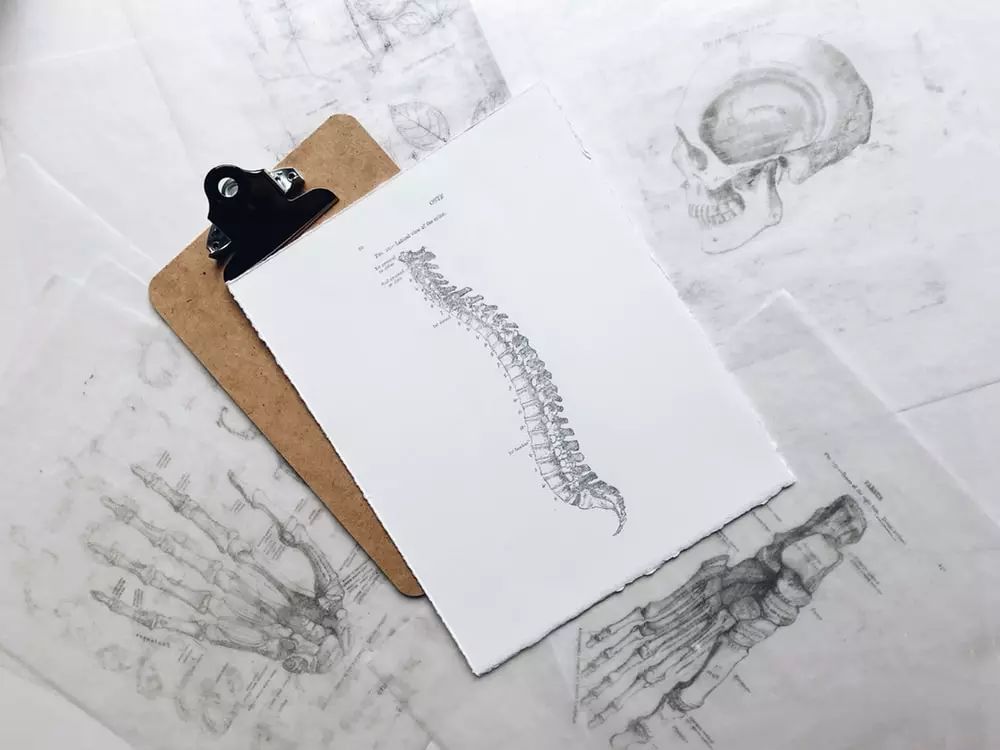
When encountering so-called “bone misalignment” issues, treatment does not require manual realignment, meaning there is no need for obvious bone or spinal adjustments, nor for strong treatments that produce audible “cracking” sounds; it is sufficient to relieve abnormal tension, allowing the misaligned spine to return to its proper position automatically.
Through years of learning, mentorship, and nearly thirty years of practice, I have found that Daoyin techniques and structural acupuncture methods align better with the body’s natural operating patterns. The body is more willing to accept this intervention, and the effects are long-lasting. This method is also suitable for all ages, unlike some therapies that may not be appropriate for older individuals.
The specific advantages of this treatment method include:
1. High Patient Acceptance
During treatment, patients generally feel comfortable and experience little pain.
2. High Safety
Some therapies may cause short-term or long-term damage to the body. Fixing one issue may lead to another, and constantly putting out fires is not a solution.
3. High Sustainability of Effects
It is not enough to feel particularly comfortable after treatment today if that state does not last beyond three days; that would be too limited.
In clinical practice, I always emphasize:
-
Diagnosis is paramount; only with a clear diagnosis can treatment proceed;
-
Treatment must lead to recovery; treatment alone is not enough; I always remind patients to engage in rehabilitation exercises.
Additionally, I pay special attention to tailoring treatments to individuals, times, and places. For specific situations, if one method can cure the issue, I will not use two methods simultaneously; however, if necessary, external and internal treatments should be combined.
Once the diagnosis is clear, an appropriate treatment plan tailored to the patient should be provided, along with a rehabilitation exercise plan, to achieve the desired effects. If there is sufficient trust between doctor and patient, the results may even be surprising, as the saying goes, “Harmony brings good fortune.”
Next, I would like to share a recent clinical case.
Patient: Aunt Yang, 65 years old, from Jiangyin. First consultation on July 10, 2019.
Main Complaint: Lower back pain with difficulty walking in the left lower limb for over three years, and intermittent pain in the left knee with activity limitations for over four years.
Current Medical History: The patient reports significant pain in the lower back, primarily a dull ache, unable to stand or walk for long periods. There is no significant limitation in bending or rotating the lower back, and no notable pain or numbness in the lower limbs. The left knee occasionally hurts, with mild limitations in flexion and extension, and difficulty squatting. The patient has undergone arthroscopic debridement and has received tuina, acupuncture, small needle knife, and oral Chinese herbal treatments, with unsatisfactory results.
Auxiliary Examination: L4-5, L5-S1 protrusion, degenerative changes in the lumbar vertebrae.
Physical Examination: Abnormal tension in the left iliopsoas muscle, noticeable fascial folds, and elevated tension in the left gluteus medius.
Diagnosis: Lumbar disc herniation; osteoporosis; left knee osteoarthritis.
Treatment: Utilized Lin’s structural treatment techniques and acupuncture. After treatment, the patient’s symptoms significantly improved, and a follow-up appointment was scheduled to observe the effects and for follow-up.
Rehabilitation Exercises: Focus on activities to strengthen both hip and ankle joints. Change daily poor postures and habits.
3
Self-Assessment for Back Health
To recover from lower back pain, self-regulation is also very important. I will use my own situation as an example.
My main complaint has been occasional dull pain in the lower back for over ten years. I attribute the cause to occupational hazards. Since starting my career until three years ago, before learning Lin’s techniques, during my over ten years of tuina practice, I often used my elbows and arms to apply strong pressure during treatments. This led to chronic strain injuries.
Additionally, due to limitations in the height of the treatment table, I have consistently engaged in high-intensity practice without sufficient relaxation or rest afterward, leading to long-term chronic strain injuries.
At the onset of symptoms, I experienced mild tearing pain in the lower back, accompanied by slight numbness in the right buttock and mild limitations in the right lower limb’s movement, particularly after practicing or walking for extended periods. Undoubtedly, I diagnosed myself with lumbar disc herniation.
In my daily routine, I perform some simple movements for “self-checking.” The movements shown in the video are primarily to assess the state of my spinal compression and limitations. They help me observe the strength of my back muscles and ligaments, as well as the overall smoothness of my body’s fascial movement.
If conditions allow, everyone can try this.
Simply lie flat on the bed, trying to use minimal effort from the head and upper body, and slowly rise to see if you can complete the movement and how easy or difficult it is. This can easily indicate the strength of your abdominal muscles and the functional state of your entire back.
Although there are obvious issues exposed, if only the self-checking movements are observed, others may find it hard to say I have a problem. The key is that I pay attention to self-regulation.
4
Tips for Preventing and Recovering from Lower Back Pain
Here are some preventive and effective rehabilitation methods for chronic lower back pain.
The occurrence of chronic lower back pain requires the involvement of several factors:
-
Long-term incorrect posture
-
Improper exercise
-
Negative emotions, etc.
We will discuss prevention and self-regulation from these aspects.
1. Correcting Incorrect Postures
Many injuries arise from maintaining incorrect postures for extended periods. If your muscle condition or performance is good and you are relatively young, maintaining an incorrect posture for a while may not show immediate problems due to the body’s good compensatory ability. However, once the body is in a state of decompensation, issues can quickly arise.
The following focuses on correct walking, standing, sitting, and lying postures.
① Walking
Maintaining a correct walking posture is crucial for preventing and treating knee osteoarthritis, ankle joint diseases, lower back pain, cervical spondylosis, etc.
(Note: We have previously explained how to walk correctly during knee joint care; click here to review.)
② Standing
I usually stand in a position similar to standing meditation, with my lower back slightly arched, feeling upright and confident.
I suggest friends who practice or meditate pay attention to their standing posture. One should not separate practice from daily life; knowledge and action should be unified. The purpose of practice is to apply it in daily life for better results.
③ Sitting
Now, I basically do not sit on the sofa at home; even if I occasionally do, it is for a very short time. I generally choose to sit on traditional chairs and make sure to get up and move regularly. Additionally, I avoid crossing my legs and do not slouch; my thighs and lower legs form a 90-degree angle, with my feet flat on the ground, and I periodically check the mobility of my spine to form a habit.
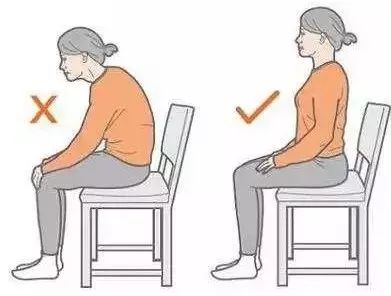
④ Lying Down
We generally cannot control our sleeping posture. I emphasize the choice of mattress, advocating for the use of palm mattresses, which are elastic.
We all know that for lower back pain, one should sleep on a hard bed. However, this is not absolute; even on a hard bed, you need to use a mattress of appropriate thickness, not too hard.
Conversely, a very soft mattress can cause the body to sink in, which is also detrimental to the back.
Many people’s lower back pain is caused by poor mattress choices; everyone should self-examine and pay attention.
2. Choosing Suitable Exercises
We should also choose appropriate exercises. In clinical practice, I often advise patients on this. What kind of exercise is best? The most important point is to slowly feel and find out what type of exercise suits you, as well as the appropriate frequency and intensity, rather than simply following what an expert says.
3. Maintaining a Positive Attitude

After developing chronic lower back pain, it is essential to face it positively. Some patients may say, “So-and-so doesn’t have pain; why do I always hurt?”
Each person’s physical condition is different, with varying muscle performance, bone status, daily habits, and environments. Even if ages are similar, what reason do we have to assume others will experience the same issues?
Everyone should maintain an optimistic and proactive mindset. The more you suffer mentally, the more intense the pain will become, and relief will be impossible. Conversely, if you remain positive and optimistic, the discomfort will naturally lessen.
5
Recommended Daoyin Techniques for Daily Practice
Here are two self-rehabilitation methods to share: one is the Shi’s Orthopedic Daoyin technique video, and the other is the Lin’s Orthopedic Daoyin technique video, which everyone can practice appropriately.
▲ Shi’s Orthopedic Daoyin Technique 1
▲ Lin’s Orthopedic Daoyin Technique 1
I hope today’s sharing can provide some help. You can try the exercises shown and teach them to your family and friends.
However, please note that practice should only be done when there are no significant symptoms, and the amount should be moderate; too much is as bad as too little.
When we experience significant symptoms, we still hope everyone actively seeks treatment; any discomfort should be treated early. If left untreated for too long, even if you encounter a renowned doctor, treatment will be time-consuming and laborious, often leading to many unhappy experiences during the process.
Therefore, I hope everyone can also shift their mindset.
